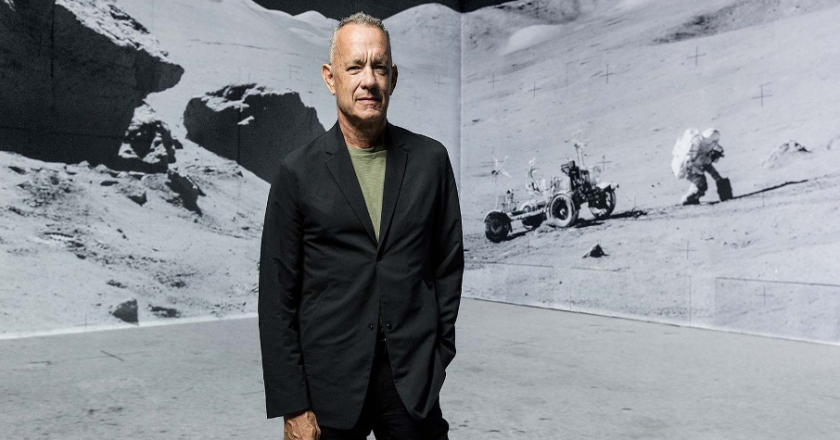Airbus wins contract for ExoMars lander platform
WASHINGTON — Airbus Defence and Space will build the landing platform for the European Space Agency’s ExoMars rover, replacing a critical component originally to be provided by Russia.Airbus announced late March 28 (Eastern time) that it was selected by ESA and Thales Alenia Space, the prime contractor for the mission, to build the landing platform for that rover mission, scheduled to launch in 2028.The landing platform is the part of the ExoMars spacecraft that handles the final phases of its descent to the Martian surface in 2030, including performing the final landing burn. After landing, the platform will deploy ramps to allow the ExoMars rover, named Rosalind Franklin, to roll onto the Martian surface.Airbus did not disclose the value of the contract. ESA awarded a contract wor...
